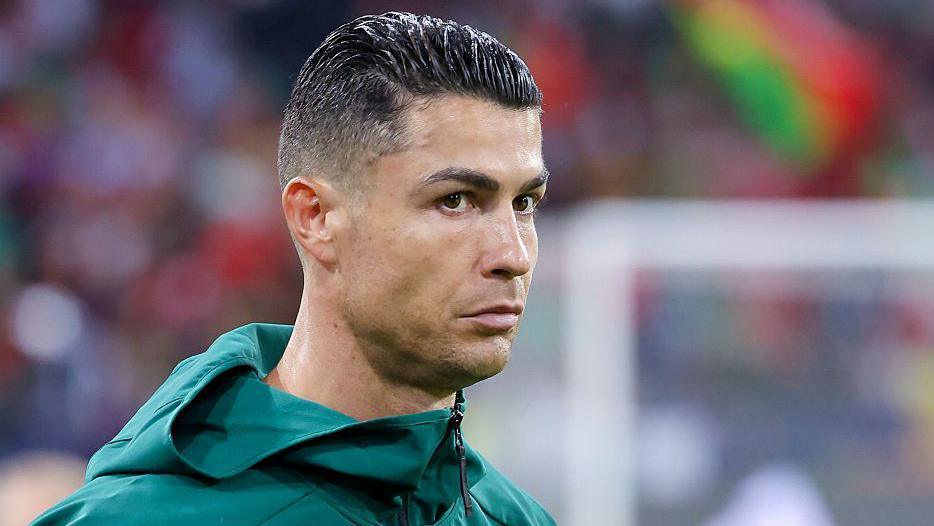United Kingdom : During the opening day of the fifth Test between India and England at The Oval on July 31, 2025, Sri Lankan on-field umpire Kumar Dharmasena caused a significant stir by prematurely signaling an inside edge in an LBW appeal involving India’s Sai Sudharsan. The incident took place in the 13th over when England’s bowler Josh Tongue delivered a fast inswinging yorker that struck Sudharsan on the pads. Dharmasena correctly ruled the batter not out, as replays confirmed the ball had touched the bat before hitting the pad. However, what raised eyebrows was Dharmasena’s quick gesture—he pointed with his finger indicating a bat-edge before the mandatory 15-second Decision Review System (DRS) review window had expired.
This gesture appeared to give England’s captain Ollie Pope a signal that a review was unnecessary, effectively “saving” England from using one of their reviews on that decision. Social media and cricket fans reacted strongly, arguing that umpires are expected to remain neutral and refrain from revealing the reasoning behind decisions during the appeal window, to avoid influencing the teams’ strategic choices. Such early signaling violates DRS protocols, which require umpires to wait until the review decision window ends before offering any explanation or gesture. While the on-field decision was accurate, the early cue was seen as unfairly aiding England.
Kumar Dharmasena has a history of contentious moments related to DRS decisions. Past incidents have involved controversial decisions and communication that have drawn scrutiny from experts and fans alike, including criticism during previous India-England encounters and high-profile matches like the 2019 ODI World Cup final.
In commentary, former England captain Michael Atherton noted that India would want England to burn their DRS reviews, implying that Dharmasena’s gesture unintentionally benefited the English side by ensuring they retained their valuable reviews during a tightly contested series.
In summary, while Kumar Dharmasena’s on-field call was correct based on the evidence of an inside edge, his premature signaling breached umpiring protocol, stirred debate over impartiality, and underscored ongoing challenges umpires face with the Decision Review System in high-stakes cricket matches.




















Discussion about this post